Article written by Antonio Pajuelo, a renowned spanish beekeeping expert and the founder of Pajuelo Apicultura. With years of experience and a deep passion for apiary, Antonio is dedicated to educating and empowering beekeepers. His expertise and knowledge make him a trusted source for beekeeping enthusiasts seeking valuable insights.
Summer is here, so pack your sunglasses, stay hydrated, and don’t forget to prepare your honey bee colonies!
In our Mediterranean climate this period is characterized by high temperatures and the absence of rain, both diminishing the available flowering. This is the time to monitor the strength of honey bee hives, their reserves, and if necessary, to offer nutritional supplements. Moving colonies to cooler areas with fresh flowerings (heather, chestnut trees, mountain meadows, brambles, honeydew…) or to cultured crops (eucalyptus, sunflower, lavandin …) will help the bee population to stay strong and healthy. And let’s not forget about varroa control either!
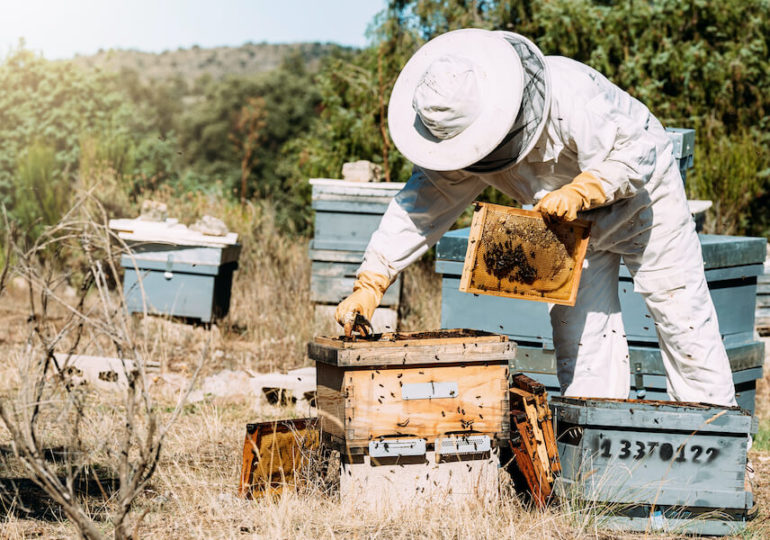
Spring may turn out very different for one hive compared to the next one. Bee hives should be reviewed one by one to evaluate and decide the best actions according to colony status. This review can follow the criteria defined in the previous post (“Top priorities for beekeepers in spring”), namely:
Taking note of these characteristics, the hives can be classified into 3 groups and the required actions can be determined:
The summer hive management depends on the goals of the beekeeping operation during this time of year:
The movement of hives leads to a significant expense in the operation, so the benefit of this management action must be optimised to the maximum. But the weather is key and sets the conditions for the environment of bee hives. 80% of the hives in Spain are moved to areas with a sufficient amount of crops in bloom to improve the nutritional conditions of these colonies
The assessment of the potential honey flow in specific locations in previous years, from personal experience or as feedback from other beekeepers, helps planning the most convenient colony migration routes.
Monitoring weather conditions, local resources available for the bees, and visiting potential new locations in person can help to make the final decision.
Properly preparing the new apiary, clearing the site of vegetation, will simplify working in the new apiary and will help to avoid the risk of wildfires – lately so common, especially in summer.
Colony migration is expensive, so we must choose those hives which are the most promising in terms of health status and strength: hives already sufficiently populated to produce a good harvest, nuclei with the best probability of becoming strong hives, and hives that require a new flowering to recover and prosper in the future.
It is important to assess the number of hives that the new apiary can support, keeping in mind the objectives of the beekeeping operation(harvest/feed). If the flowering is poor, no more than 30-40 hives should be moved to this location, enabling forager bees to find enough flowering in a radius of about 1-1.5 km.
Water plays a very important role in honey bee hives, mainly in the brood chamber, where it provides the relative humidity essential for larval development (50-60% in Iberian bees, Figure 1, Gil-Lebrero 2020). It also helps regulate the temperature, when worker bees place it on top of the cells in droplets to evaporate it (“botijo effect”).

All bees require water in order for their metabolism to work, but nurses have an even greater need, as they produce royal jelly which contains 67% of water and is fed to the bee larvae (Bogdanof 2016).
In summer, if apiaries do not have access to water sources, the hives will stop breeding. This is why it is important to include a water source available in the apiary. Our empirical calculation is that a hive needs approximately 1 liter/week in this period (Pajuelo Consultores).
To prevent bees looking for water in watering sources for livestock from nearby farms, wastewater, or water sources close to nearby houses (swimming pools, etc. …) water should be supplied directly in the apiary, preferably in the shade. Adding a bit of salt to the water will help to conserve it; (0.15 to 0.3%, Huang 2018).
It is recommended to include some type of physical element that prevents bees from drowning when trying to drink; this can happen in the form of duckweeds set up on the surface, or another aquatic plant, or perlite, or have a tank with buoy that releases little water on the drinking surface (Photos 1 and 2).
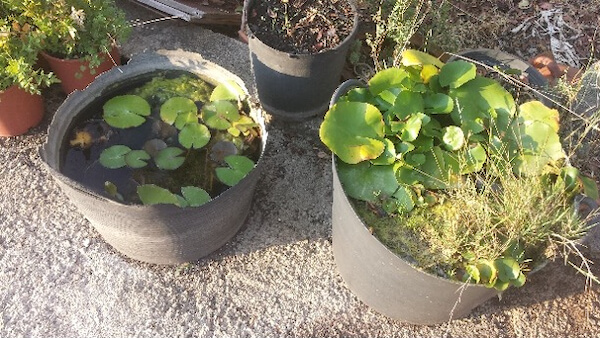
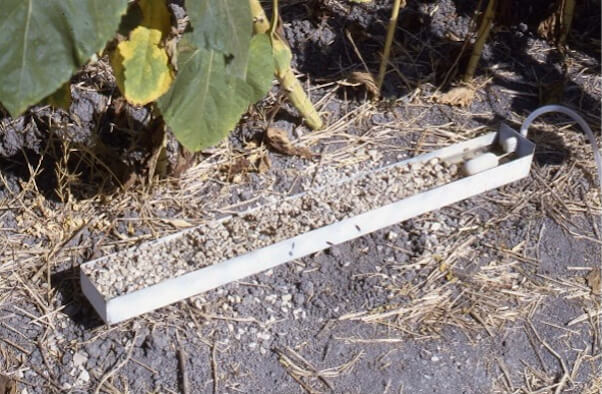
The wax becomes mouldable at 40 ° C (Hepburn 1983). This temperature is reached and exceeded, depending on the year, in many areas in the Iberian Peninsula. Under these conditions, the new wax combs, in which no brood has been reared yet, will be the most susceptible. If these combs are loaded with honey, they will collapse, spilling the honey and – sometimes – clogging the entrance and causing the suffocation of the hive. Honeycombs that have already had brood are more resistant against collapsing. Photo 3.
If you are in a dangerous region such as the South, or areas where there are frequent warm winds, it is recommended to place the hives in apiaries where they are not exposed to much sunlight, to have the hives painted in light colours, and (very important!) to whitewash the roofs before the heat arrives (Photo 4).
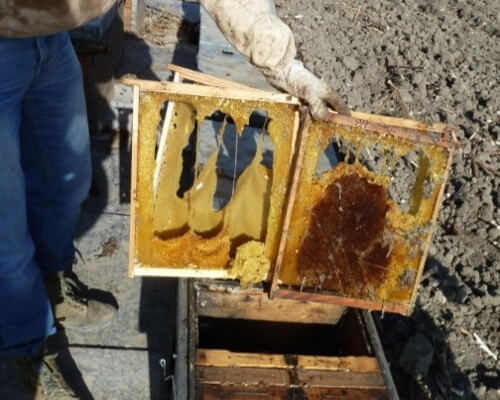
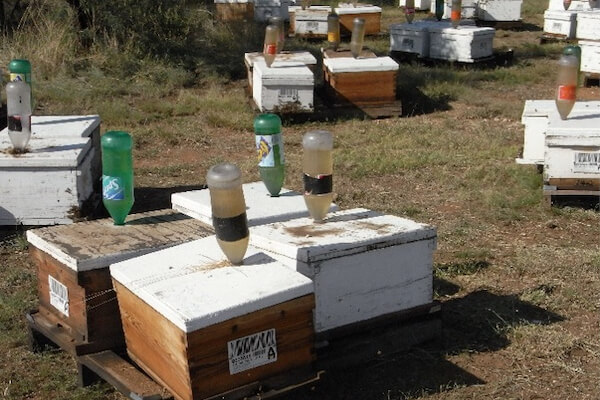
After the spring honey flow, the laying area of some hives may be blocked by honey and/or pollen resources. In this case it is recommended to remove some of these full frames and replace them, preferably with new, stretched wax.
Otherwise, the availability of empty cells for the queen to lay eggs can be very limited, which will limit the possibilities of the hive to renew and increase the bee population.
Not all hives are equally effective in collecting nutritional resources, nor do all flowerings provide sufficient nutrition to bees. Of the summer flowerings, the sunflower and lavender crops are usually poor in Spain, unless it has rained in the area and some other marginal flowers are available nearby. When moving colonies to these blooms it is convenient to make sure that the hives have pollen stored or offer them a small portion of a suitable protein supplement.
In summer, in the central areas of the Iberian Peninsula, bees can only collect very few types of pollen (3-4 in Huesca and Teruel), with low abundance and low nutritional value. In spring, and with the September rains (if they occur), there are many more types of pollen available (13-14 in Huesca and Teruel, Table 1, Pajuelo 2018).

Good protein nutrition, in quantity and quality, also increases the resistance of bees to toxins (Barascou, 2021).
In addition, if the honey reserves are not sufficient and hives are not going to be moved to a good flowering site, it will also be necessary to feed carbohydrates, which is preferably done with a feeding dough instead of a liquid syrup at this time of the season.
In the previous post “Top priorities for beekeepers in spring“, we already discussed varroa monitoring, how to check the mite infestation in bee hives and how to interpret and respond to the result…
But during the summer, additional considerations must be made. At this point, the varroa population has increased since our last varroa treatment in spring. In addition, brood production has decreased since the “explosion” of the bee population in spring. These two factors result in a situation where the varroa population in the capped brood can become extraordinarily high in summer. If we considered that, in spring, for every single varroa mite on an adult bee, we can find about 3 mites in the capped brood, now we may have up to 10, with subsequent poor nutrition, virus, nosema, other diseases … (Photos 5 and 6). This situation can lead to colony collapse if the high infestation is not detected in time.
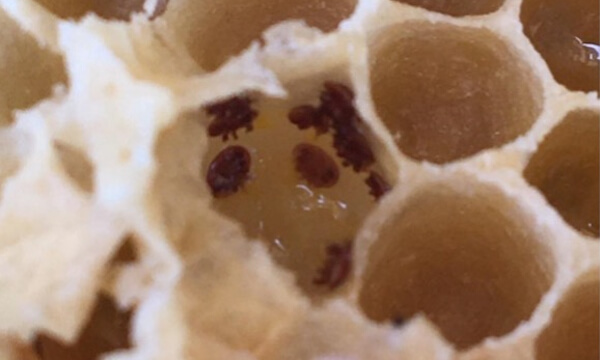
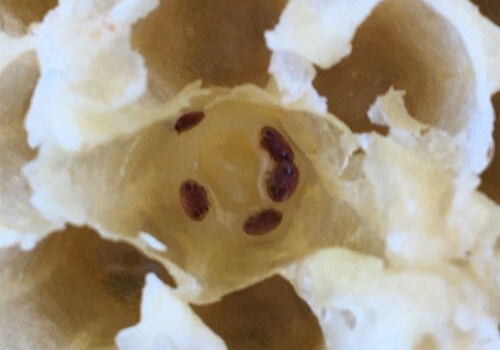
It is extremely important to check the level of varroa infestation in the hives in early summer, when the last spring harvest finishes, and treat quickly if we see danger. At this time it is more advisable to monitor varroa on brood than on adult bee. If the varroa mite count exceeds the treatment threshold, it is recommended to apply an immediate treatment with oxalic acid to eliminate the phoretic varroa and, if the apiary is not organic, a strip treatment with amitraz is recommended right afterwards.
In order to choose the right varroa control product, check the varroa treatment labels for temperature restrictions and the withdrawal period before harvesting honey. It is crucial in summer to be careful regarding the storage temperature of the amitraz strips in the warehouse, but also in the work vehicle, since very high temperatures (> 50 ° C) can be reached on hot summer days for several hours.
Although we are sometimes forced to move hives to melliferous areas with a high concentration of hives, it is important to assess the risk of re-infestations that this entails.
Stretched wax honeycombs are a capital to be kept in all beekeeping operations. Wax moths (Galleria and Achroia) can develop on them and destroy them, favoured by high temperatures. This only happens if the honeycomb contains pollen, or if had brood, since the leftovers of cocoons in the wax are rich in protein. Moths do not feed primarily on wax, but on what is in it.
It is necessary to leave only those honeycombs in the hives that can realistically be managed by bees. Surplus stretched combs and protein should be removed and protected from moths. This can be achieved by either storing the frames at temperatures below 12 °C or by placing them in an airtight container (drum, chamber…) in which sulphur is burned (taking appropriate precautions). It may be necessary to repeat the exposure to sulphur after 15 days, when month eggs that may have survived the first treatment have hatched and the larvae are still small.
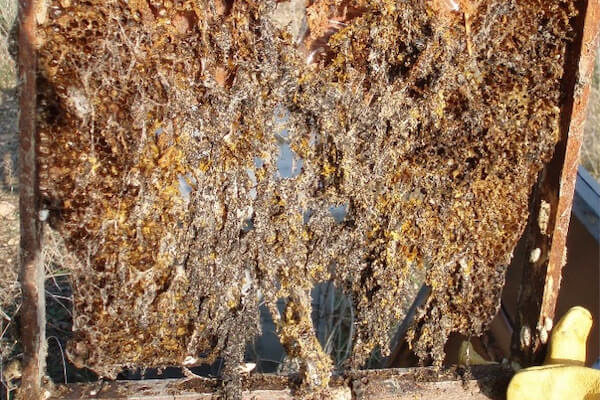
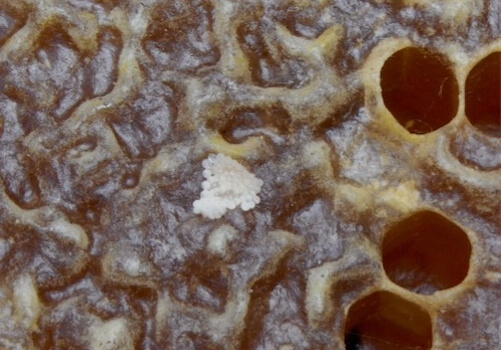
Join the Véto-pharma community and receive our quarterly newsletter as well as our occasional beekeeping news. You can unsubscribe at any time if our content does not suit you, and your data will never be transferred to a third party!

© 2019-2024, Véto-pharma. All rights reserved